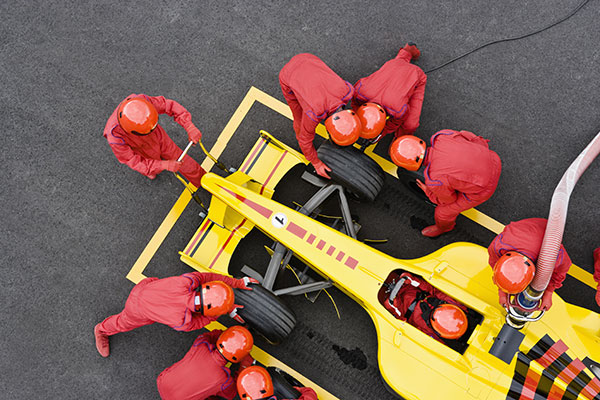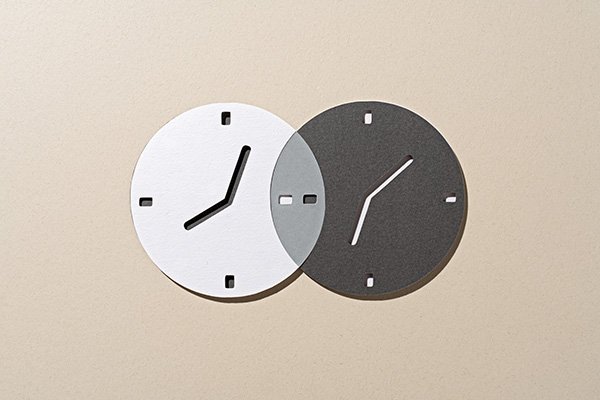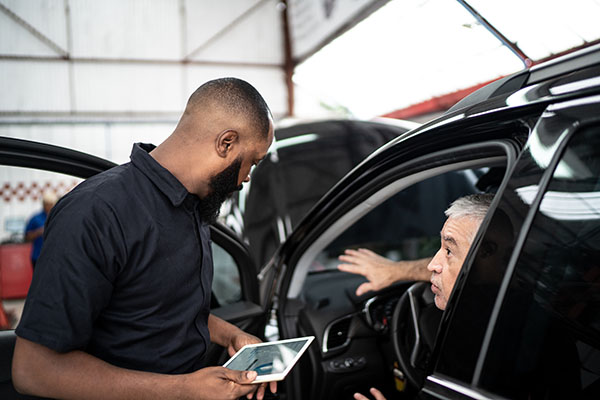From Track to Bay: What You Can Learn from the Efficiency of F1 Pit Crews

Article Highlights:
- F1 pit crews and service departments share unexpected similarities.
- Achieving service department efficiency can elevate profitability.
In the high-speed world of Formula One (F1) racing, every second counts. Races are often won or lost in the pit, where crew teams work like well-oiled machines to service a car in mere seconds. This extraordinary efficiency is something to marvel at, but it’s also something you can learn from.
At first glance, your service department and the F1 pit box might seem worlds apart. However, both environments require rapid, precise service, and the lessons we can take from the synchronized ballet of a pit stop are surprisingly applicable to your service team. Let’s break down the factors that contribute to a pit crew’s effectiveness and see how your service department can adopt similar strategies.
Harness the Power of Specialization
In a Formula One pit stop, each crew member has a clearly defined role, whether it’s jacking up the car, changing the tires, or adjusting the front wing. This division of labor is one reason why pit stops are so quick. In your service department, fostering a similar level of specialization among technicians can lead to more efficient service.
By assigning jobs based on technicians’ skills and expertise, you ensure each job is completed right the first time, minimize comebacks, and increase overall productivity. The result is a smoother workflow, happier customers, and a healthier bottom line.
Streamline Communication
Seamless communication can make or break a pit crew. In the blink of an eye, they must share crucial information and make split-second decisions. This level of communication may seem out of reach for many service departments, but it’s more achievable than you might think.
Imagine if your technicians could send and receive parts requests electronically, without leaving their bays. This change alone would speed up service significantly by eliminating the time spent walking to and from the parts counter. Disruptions to your technicians’ workflow could be further minimized with the ability to send inquiries about repair orders to advisors electronically as well.
Additionally, leveraging digital platforms to communicate with customers — such as sending photos and videos about recommended repairs and obtaining work approvals — would drastically improve the customer experience. Enhanced communication certainly contributes to a well-coordinated, efficient, and customer-friendly service department.
Optimize Workflow
The most impressive aspect of an F1 pit stop is its perfectly coordinated workflow. Every crew member is equipped with the right tool to execute their task swiftly and accurately. High-speed drills unscrew lug nuts, while hydraulic jacks lift cars effortlessly. Like a choreographed dance, each crew member knows exactly when and where they need to be. This minimizes downtime and ensures their car is back on the track as quickly as possible. This kind of approach mirrors the essence of achieving 100% accuracy. If one thing is off or missed, there can be real consequences.
The same principle translates to dealerships as well. Luckily, with the right tools, the workflow in your service department could be optimized for accuracy, consistency, and efficiency. For instance, utilizing a forced march process that presents service recommendations every time while providing real-time status updates on vehicles in the service department and fostering more efficient multipoint inspections would lead to more accurate, consistent service. This would also mean less downtime and quicker service times, enhancing the customer experience while improving your bottom line.
At the end of the day, your dealership might not need to service a car in under two seconds, but as the fast-paced world of F1 demonstrates, efficiency is the engine of success. With the right strategies, your service department can dramatically improve its productivity, leading to enhanced customer satisfaction, improved profitability, and a reputation for excellence. By focusing on specialization, communication, and workflow optimization, you create a service department that’s not just efficient, but extraordinary.
Related Articles:

True Story: Night and Day Service Scheduling
What establishments do you frequently visit? They know you – your name, address, details from your last visit. Why shouldn’t your dealership be the same?

Managing Missed Appointments in Your Service Department
Are you properly handling the missed appointments in your service department?

Bringing Balance to the (Work) Force: Jedi Tactics for Defeating a…
As we celebrate May the 4th, let’s look beyond the stars and into our service departments, where a challenger nearly as daunting as Darth Vader…

3 Reasons You Need a CRM in Your Service Drive
If you’re not currently using a customer relationship management (CRM) tool in your service department, you’re probably wondering if it’s worth having. I present the…















